At the weekend I allowed myself a little fun on the German Hueblog website. Fittingly for April 1st, I published an announcement about the third generation Hue Bridge, which of course does not exist yet. I actually managed to fool many of you with this April Fool’s joke. Some of you were even deeply annoyed that I had led them around by the nose.
However, your comments show very clearly that I hit a nerve. Many of you have invested several hundred or even thousands of euros in your smart lighting over the past few years, equipped your entire home with Philips Hue. Only to find that the Hue Bridge, with its 63 bulb limit, eventually becomes a bottleneck and using a second or third bridge is inevitably a cramp.
Current Hue Bridge is almost eight years old
In October 2015, Philips Hue introduced the second generation bridge. That was almost eight years ago. At that time, I would never have thought that I would use more than 63 Hue lamps. At that time, however, the portfolio was not nearly as extensive as it is now.
And of course there are alternative ZigBee hubs that support a significantly larger number of devices. But that also means: you have to familiarise yourself with a completely new system, often you don’t have a particularly pretty app and you have to do without special functions such as dynamic scenes, Hue Sync or software updates. This is certainly a solution for hobbyists, but not a viable approach for the average person.
Philips Hue has these two approaches
It’s not as if I haven’t brought up the subject of bridges several times with Philips Hue, by the way, all the way to the absolute head, Hue inventor George Yianni. No one has talked turkey with me yet, there are no clear statements or even admissions.
From my point of view, Philips Hue has two options. One option would indeed be a third generation Hue Bridge, as announced in my April Fool’s joke. With support for more devices, with more power and a bonus feature or two.
The second option would be a software solution that allows several bridges to communicate with each other in a network and makes the previously existing boundaries between two separate systems disappear. Solutions such as HomeKit prove that this is technically not a problem. I assume that money would even be paid for such a function.
Note: This article contains affiliate links. We receive a commission for purchases via these links, which we use to finance this blog. The purchase price remains unchanged for you.


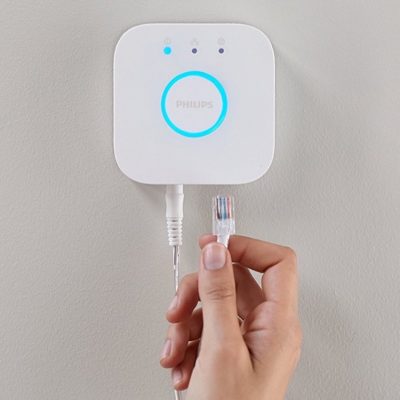

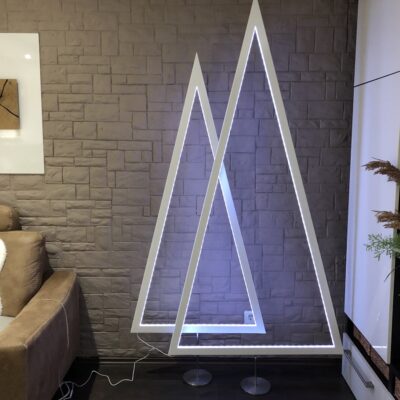
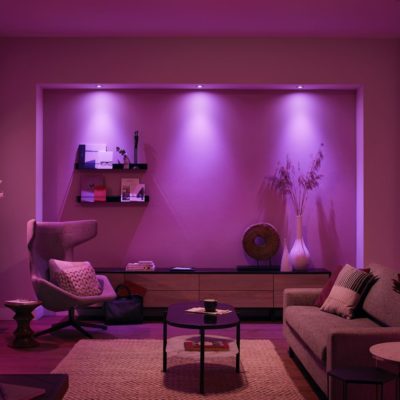


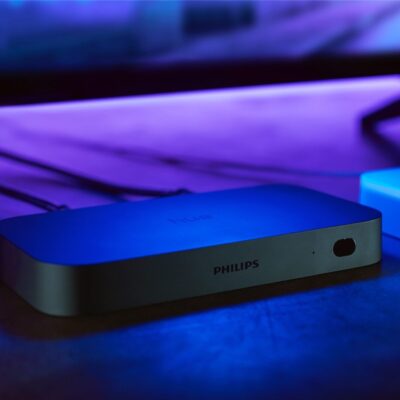

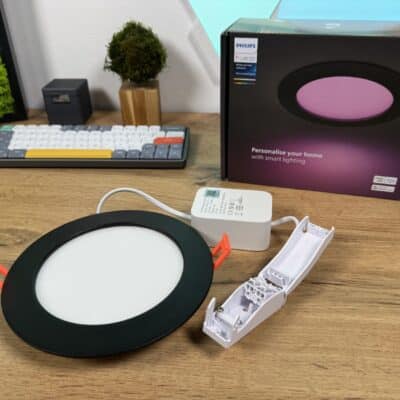

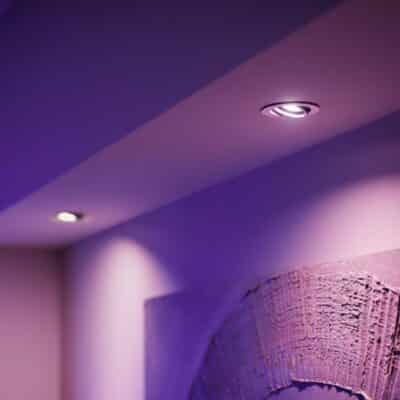


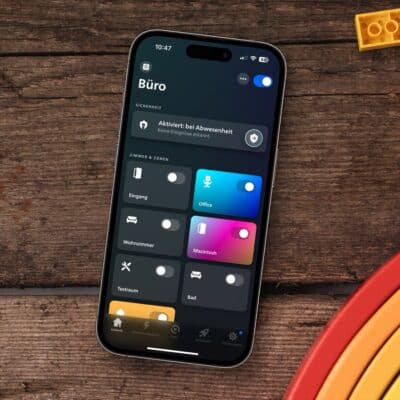
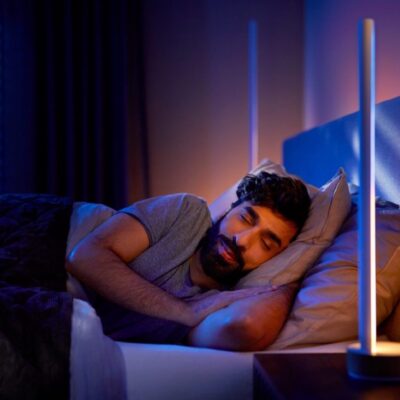
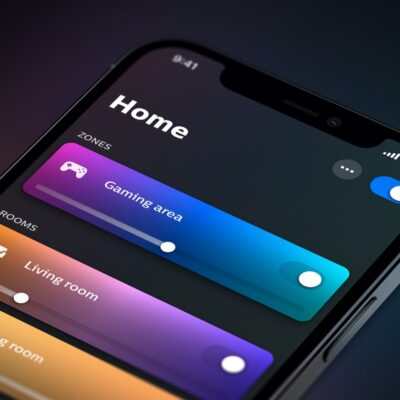



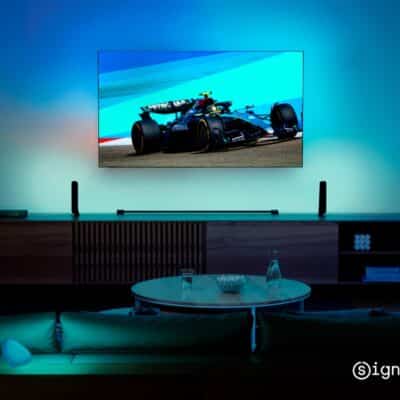
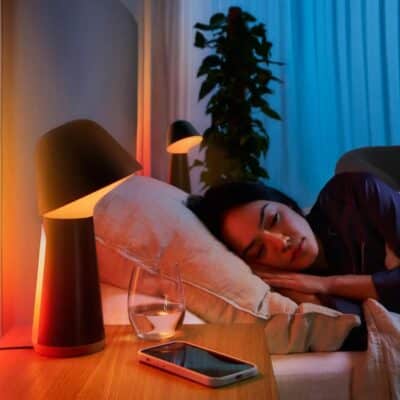
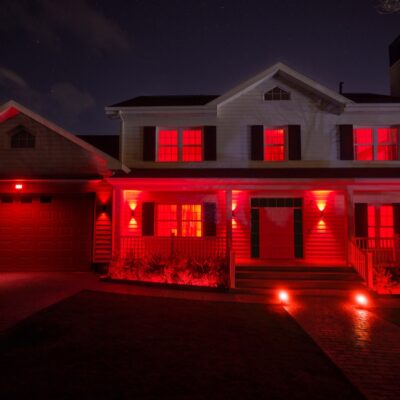


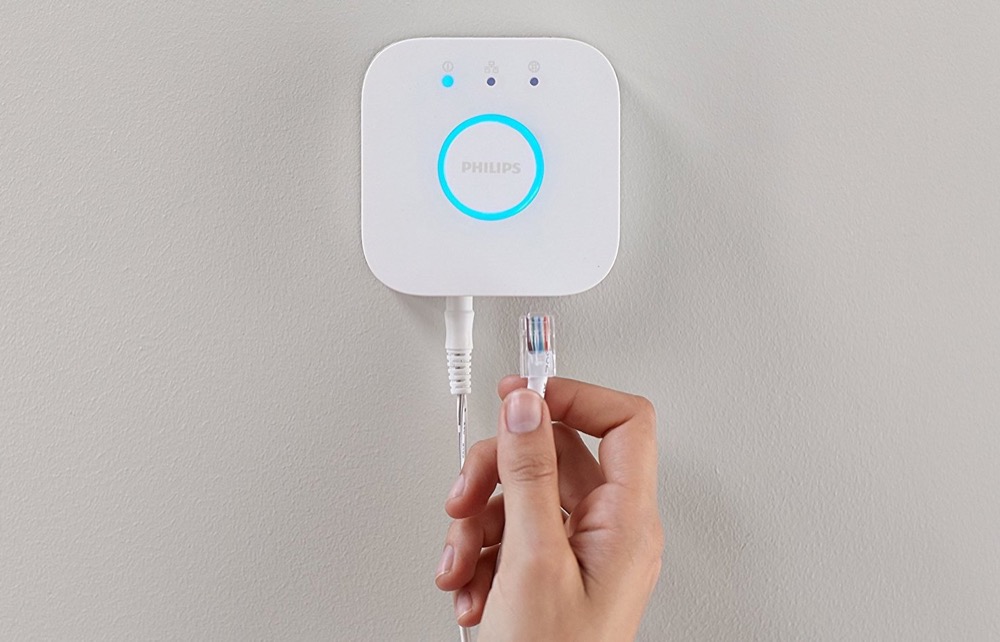
I have asked signify directly a couple of time now as I have over 200 hue lights/sensors/switches but they can never tell me when they are releasing a new bridge capable of controlling more devices.
I was on 4 bridges which is ridiculous. Last year I bought a zigbee stick (35 euro) capable of running 250+ devices
I can’t understand why this isn’t already done.
I have 1 hub and am on the limit of bulbs, accessories & routines.
I’ve not bought a hue product in 3 years because of this…
Even allowing multiple hubs on one account (for away from home connection) is not possible.
Making a v3 hub or a SW solution to combine multiple hubs together, doing something, anything to have a solution makes sense as your will sell more hardware.
Doing nothing is just bizarre.
Technically it cannot be difficult as the actually limit of the zigbee protocol is much higher than the hue hub.
There are so many cool things they could do with software as well but instead spend all there time just making new scenes.
One hundred percent agreed- having a 50 device limit is at *best* preventing loyal customers from buying more devices, and at worst convincing them to jump ship to third-party devices. I have foregone many motion sensors and dimmers because I don’t want to manage two or three hubs.